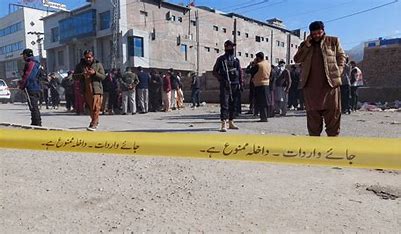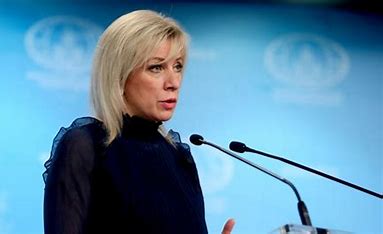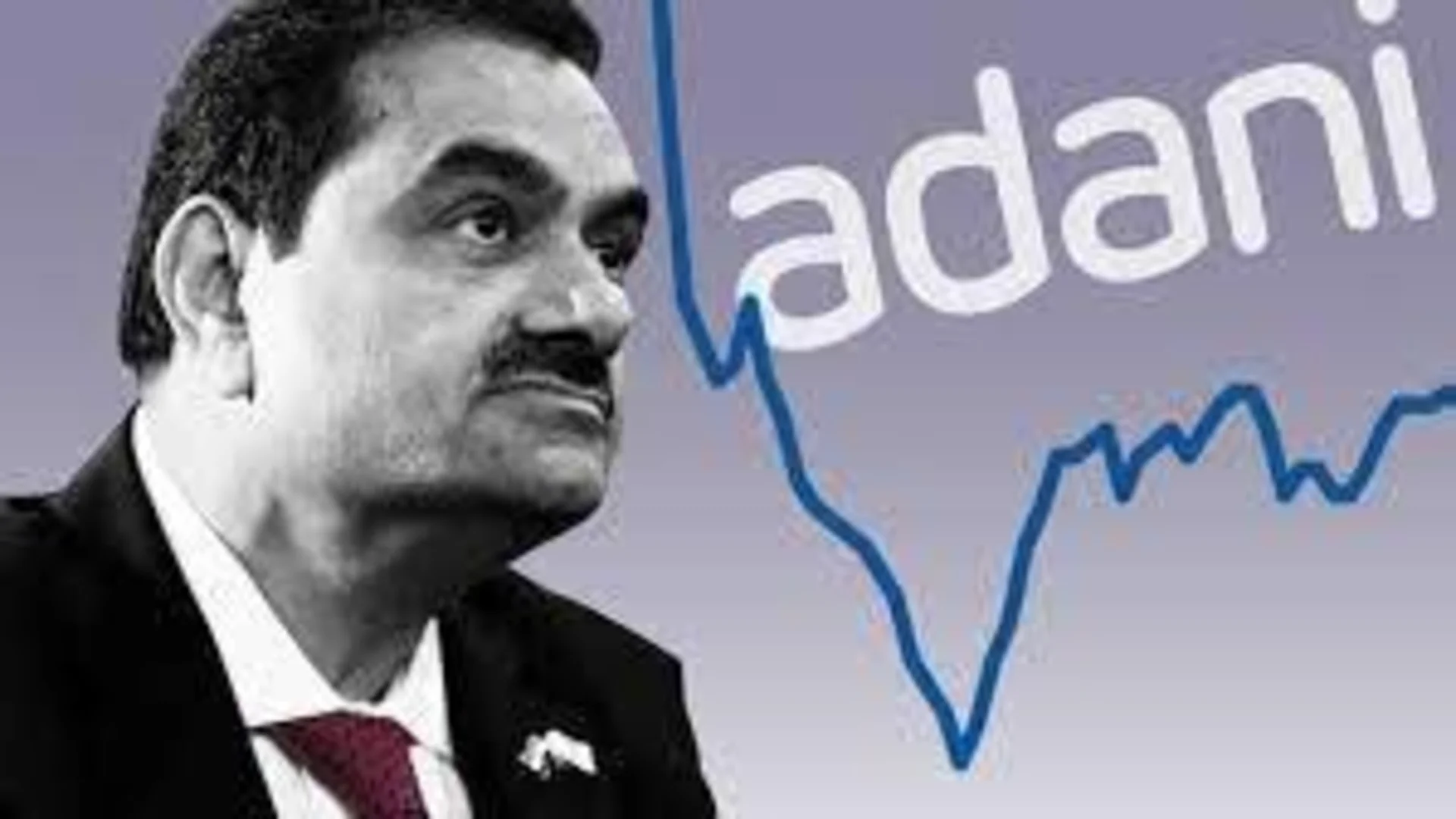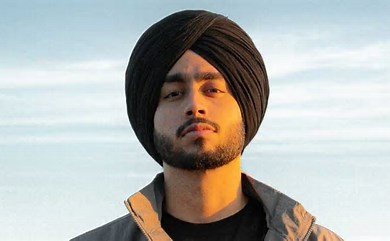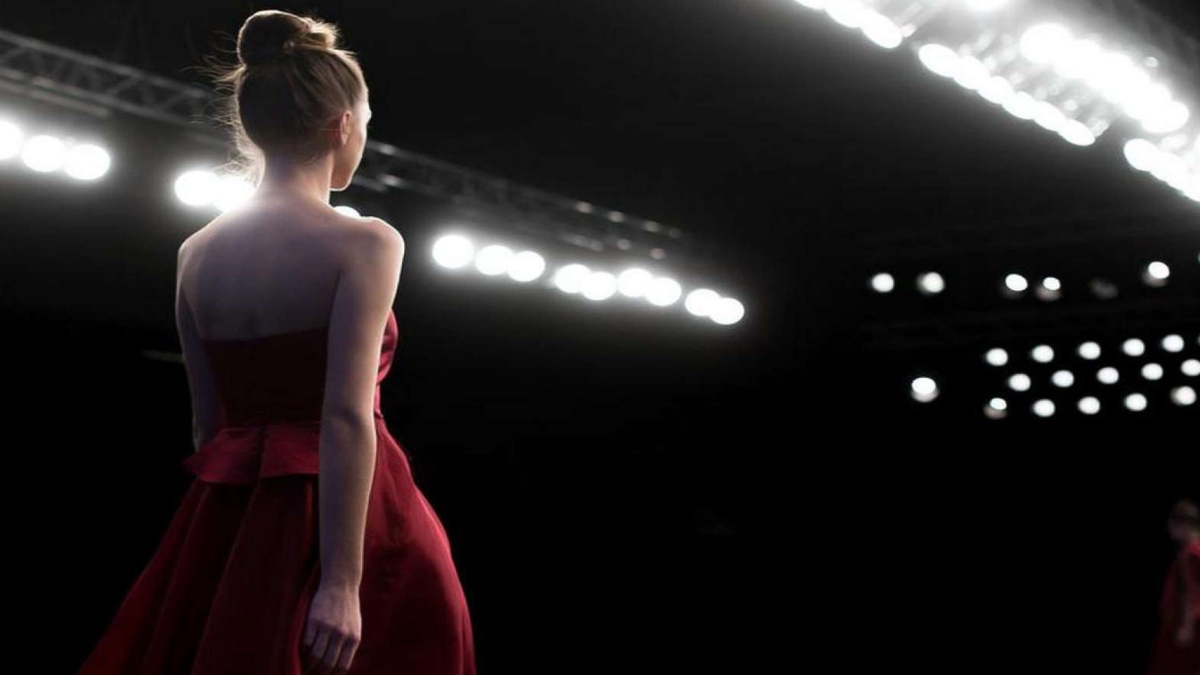
Having travelled avidly across the globe, I never tire of walking into a McDonald eatery wherever I go. Not because I am trying to cut corners or because I like eating a Big Mac. My quest is to admire the precision with which this global conglomerate has made the burger eating experience such an assembly line production. You will get the same number of napkins, sauce sachets, fries wherever you might be, from Auckland to New York! With a few tweaks in seasoning and add on flavours.



Now what if I say that Indian high fashion and couture as presented at fashion weeks is the newest example of straight-line productions. With all the design zest flattened out.
Couture, as we all know, is a realm that emerges from an aesthetic process. Creating a collection is as intense as pouring your soul into a canvas, singing to your heart’s content or rustling up a gourmet meal. Each collection that walks out on to the ramp links back to an idea, a thought, an emotion and a design bastion that is rooted in history and heritage. What a designer puts on the ramp are not just clothes but also a bit of himself. Besides the stunning work of a battery of artisans, beaders and weavers who together construct a piece of clothing.
It is against this backdrop that I was woken up from my stupor by the genius commentator and content creator Freddy Birdy when he, in one of his well followed posts, signed off the recent alliance of FDCI and LIFW with a simple mathematical equation of 0+0=0! Many must have laughed, many shown anger and disdain. For old fogeys like me however it was a sad moment. For, before our eyes we have seen a dream disintegrate into the mundane. Seen a collection launch get reduced to a source of entertainment. And the ritual of ‘showing’ your collection a twice a year regular affair.
A fact that has made the real aficionados quietly duck out of this world, leaving the arenas free for wannabes to conquer and in the bargain rustle up an inflated image of themselves. Needless to say, PLUs (People Like Us) are totally out of place in one of these circuses. I have possibly not visited one for the past five seasons. Can’t see myself juggling, robot-like, between MSA I and II, or amble for the VIP enclosure where all you see are pronounced dressers, half my size and age.
I began reporting on fashion in 1989, the same year when the brilliant couturier Rohit Khosla got off the flight from London and brought couture to New Delhi. When Tarun Tahiliani, a graduate from Wharton, founded Ensemble, India’s first multi-brand store for couture. And the year when Indians realised that Ritu Kumar was not a boutique but India’s first handmade couture label.
We were one of the few who were sitting in the Director General’s room in NIFT when a visionary like Rathi Vinay Jha proposed institutionalising fashion by creating a week of fashion where the underlying motive would be to not just structure the industry into creating two collections each year, but also have the vision to present them a season ahead so as to allow large groups like Selfridges, Browns and Neiman Marcus to book them in advance for the coming season.
It worked only for a few years after which fragile egos caused in fighting, mediocrity of vision diluted the quality, and the mushrooming of design schools and designers caused a mad rush to the ramp. Every incoming government compelled state-run design institutes to open more and more colleges, often with little to write home about in the name of quality of faculty. And in response fashion weeks grew in all directions to accommodate an army of designers who came out of these schools and used all kinds of territorial tactics to get in. Add to that the tendency to play favourites and what you had was the Waterloo of fashion, the end of well thought out shows that above all reflect the designer’s individual genius.
Yes, the arrival of straight-lined, predictable, fashion weeks have become like assembly-line productions. Run by event conglomerates or self-consumed councils who at the end of the day want to push their own wares, be it the image of the management or the bottom line of the group. In short, it is 0+0=0 moment for fashion and full marks to dear Freddy for daring to say that.
Fashion Weeks have rendered Indian fashion pale and predictable. Gone are the days when each designer got engaged in presenting his collection with as much attention to detail as he could.
